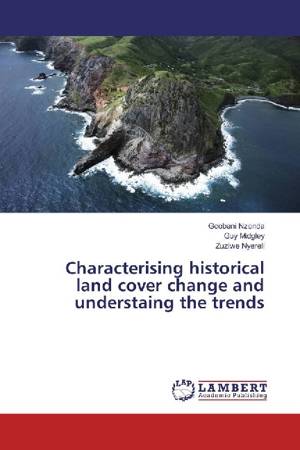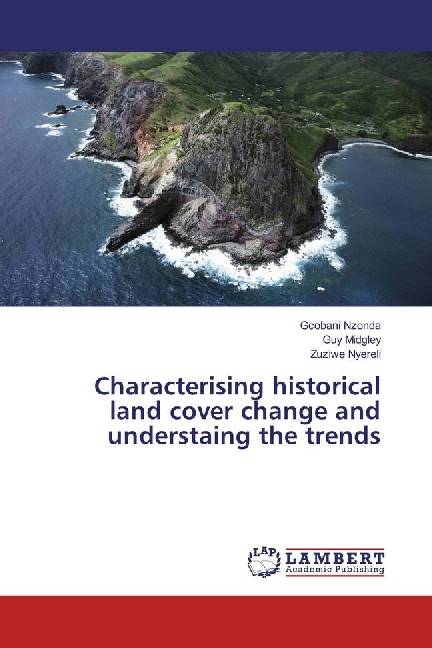
- Afhalen na 1 uur in een winkel met voorraad
- Gratis thuislevering in België vanaf € 30
- Ruim aanbod met 7 miljoen producten
- Afhalen na 1 uur in een winkel met voorraad
- Gratis thuislevering in België vanaf € 30
- Ruim aanbod met 7 miljoen producten
Zoeken
Characterising historical land cover change and understaing the trends
Gcobani Nzonda, Guy Midgley, Zuziwe Nyereli
Paperback | Engels
€ 49,45
+ 98 punten
Omschrijving
Land cover transformation is a phenomenon that is spreading in extent and significance, both globally and in South Africa. The results of changes in natural habitats through processes that are strongly influenced by human activities can lead to over-utilisation of ecosystems and resulting environmental changes, such as encroachment of alien plant species, altered hydrological behaviour of catchments and related flooding risk, and loss of soil and biodiversity. The main empirical focus of this study was to document the types, geographical distribution, and rates of land cover change in a well circumscribed South African rural catchment that has seen significant land cover change over several decades. The ultimate objective has been to provide a basis for future work on the impacts of these changes on ecosystem services, and possible adaptation measures. The study thus also speculates briefly on the trends observed, possible driving forces behind these changes, their likely consequences for ecological infrastructure and ecosystem services such as water quality and quantity, and implications for resilience to climate change.
Specificaties
Betrokkenen
- Auteur(s):
- Uitgeverij:
Inhoud
- Aantal bladzijden:
- 104
- Taal:
- Engels
Eigenschappen
- Productcode (EAN):
- 9783330344372
- Uitvoering:
- Paperback
- Afmetingen:
- 150 mm x 220 mm

Alleen bij Standaard Boekhandel
+ 98 punten op je klantenkaart van Standaard Boekhandel
Beoordelingen
We publiceren alleen reviews die voldoen aan de voorwaarden voor reviews. Bekijk onze voorwaarden voor reviews.








